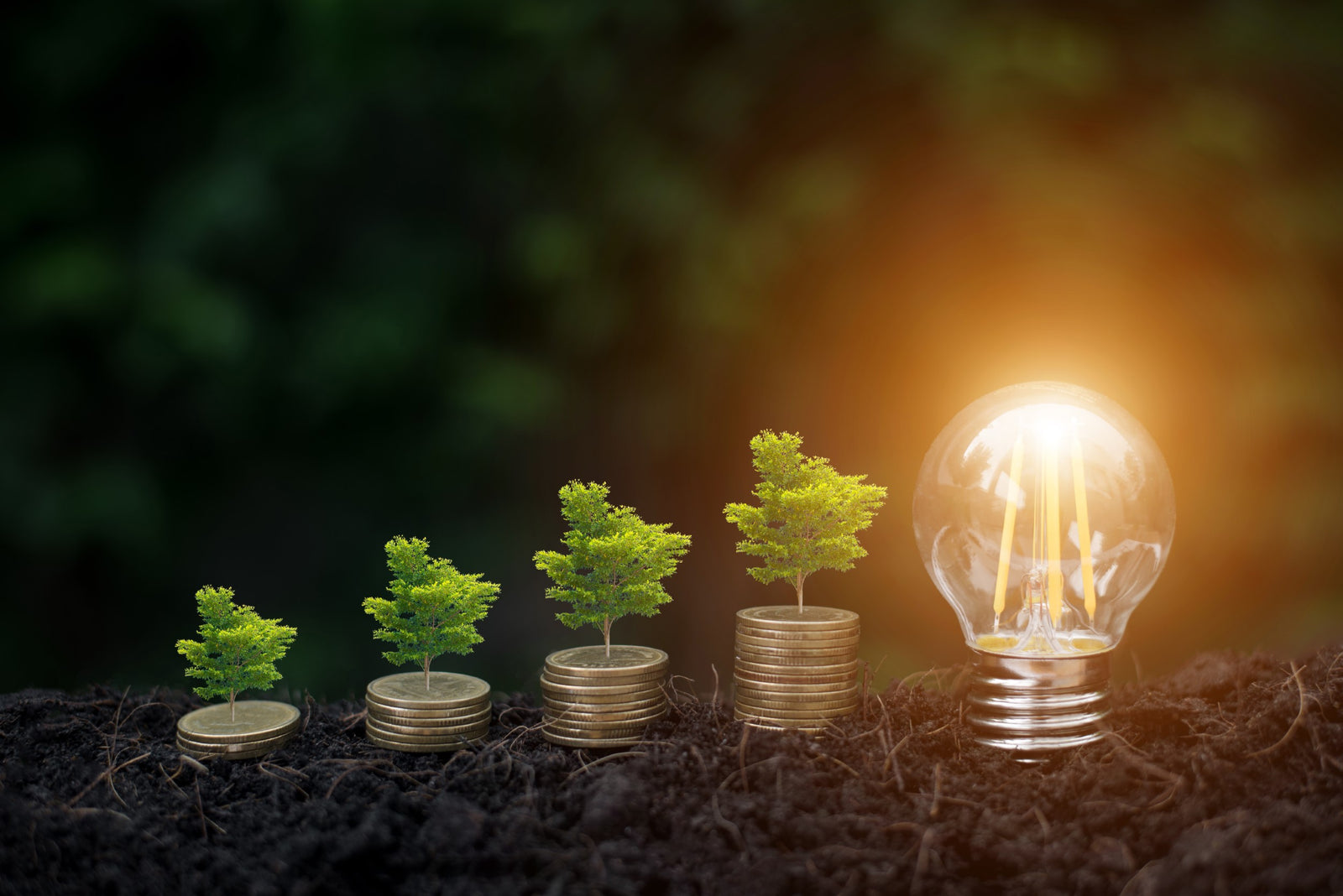Your Cart is Empty
Add description, images, menus and links to your mega menu
A column with no settings can be used as a spacer
Link to your collections, sales and even external links
Add up to five columns
Add description, images, menus and links to your mega menu
A column with no settings can be used as a spacer
Link to your collections, sales and even external links
Add up to five columns

Tips For Reducing Grow Lighting Cost
October 19, 2023 2 min read
Indoor gardening is a rewarding and exciting hobby, but it can also lead to higher energy bills due to the use of grow lights. The good news is that there are several strategies you can implement to reduce the cost of indoor grow lighting while still nurturing your plants effectively. In this blog post, we'll explore practical tips and energy-efficient choices that will not only benefit your plants but also your wallet.

Choose Energy-Efficient Grow Lights
One of the most effective ways to cut down on energy costs is to opt for energy-efficient grow lights. Consider LED grow lights, which are renowned for their energy efficiency. LEDs use significantly less electricity and produce less heat compared to traditional High-Intensity Discharge (HID) and Metal Halide lights.
Embrace Light Spectrum Precision
Different stages of plant growth require specific light spectrums, and in the olden days you would have to swap between HID and Metal Halides as the plants grow and reach different growing stages. With Growtronics T5LED Pro grow lights, the transition between light spectrums has been eliminated, thanks to the complete and precise light spectrums the T5LED Pro grow lights offer. It's a seamless and energy-efficient way to provide your plants precisely what they need, when they need it, without any interruptions.

Invest in Timer and Dimmer Controls
Using timers and dimmers with your grow lights is a fantastic way to ensure that your plants receive light exactly when they need it. Timers can prevent over-lighting, and dimmer controls allow you to adjust the light intensity to match the requirements of your plants during different phases of growth.
Optimize Light Placement
Proper light placement is crucial to ensure that your plants receive adequate light without excessive overlapping. By optimizing the placement of your grow lights, you can minimize the number of fixtures needed, thereby reducing energy consumption.

Reflective Materials for Maximum Light Utilization
Maximize the use of light by incorporating reflective materials in your indoor garden space. These materials bounce light back onto your plants, reducing the need for additional lighting fixtures and ultimately saving energy.

Recycle and Reuse Old Fixtures
If you're upgrading to more energy-efficient lighting, consider repurposing or selling your old fixtures. It's a sustainable practice and can help offset the cost of new, efficient lighting. If you're privy to purple grow lights and how they might not be the best for your plants (read about this briefly here!) and you decide to upgrade, don't toss them out! While incomplete in what your plants need, they're still providing them with valuable red and blue light!
Group Similar Plants Together
Arrange your plants in groups based on their light requirements. This way, you can concentrate your grow lights on specific areas, rather than illuminating your entire garden space unnecessarily.
Growing plants indoors doesn't have to be an energy-costly endeavor. By implementing these strategies and making smart choices regarding your grow lights, you can significantly reduce your indoor gardening expenses. Not only will you save money, but you'll also contribute to a more sustainable and eco-friendly indoor garden. Happy, cost-effective gardening!
Subscribe
Sign up to get the latest on sales, new releases and more …






